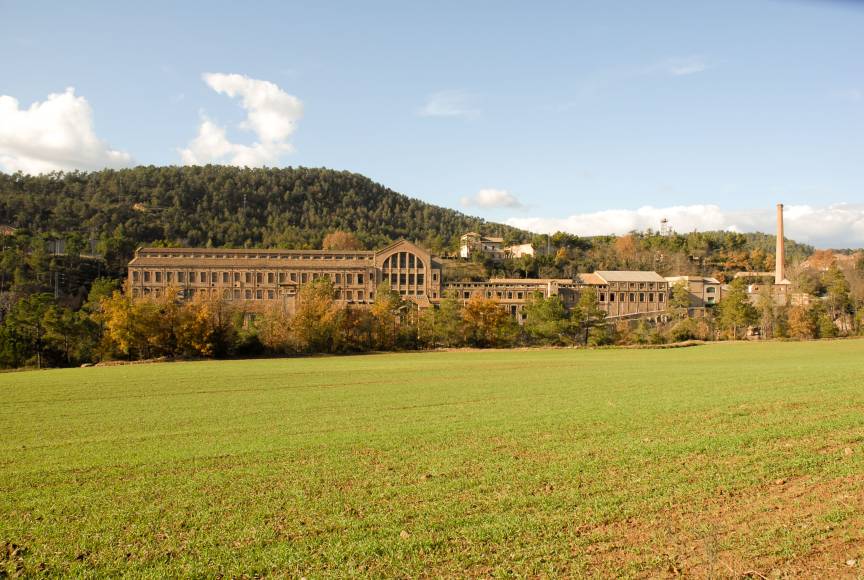Berguedà is a region with a rich industrial history that has left a deep mark on its landscape and culture. The industrial revolution transformed this region, and today we can still explore this legacy through various museums and historic routes that allow us to relive the past.
The mark left by the industrial revolution
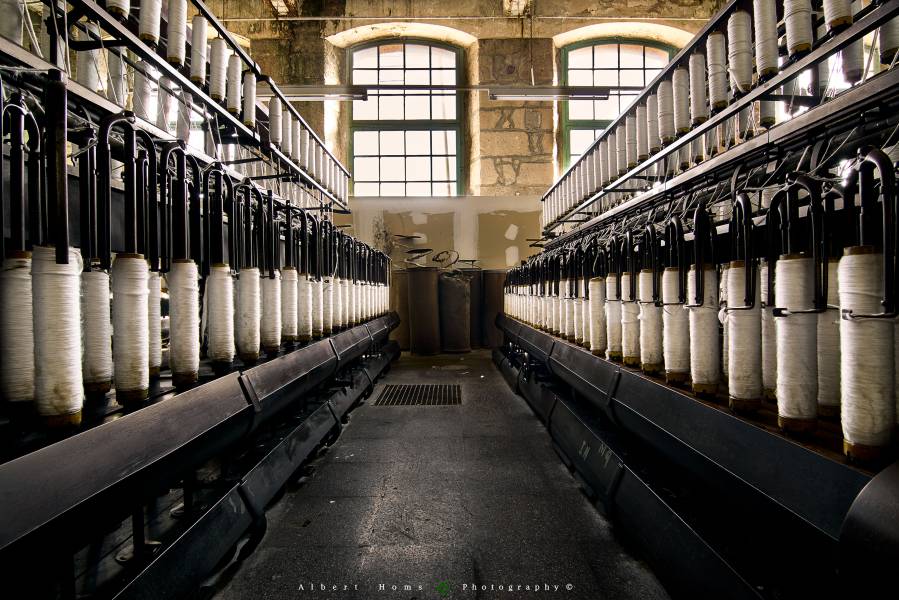
With the arrival of the factories and the textile company towns, Berguedà experienced great economic and demographic growth. The river Llobregat became a key element for the energy supply and the location of the factories. These company towns not only defined the landscape, but also the lives of many generations of workers.
The architecture of these towns was characterised by their self-sufficiency, with housing for the workers, schools, churches, shops and even leisure areas. This model marked the way of life at the time, creating communities closely linked to the factory and its work rhythm.
1. The textile colonies of Berguedà
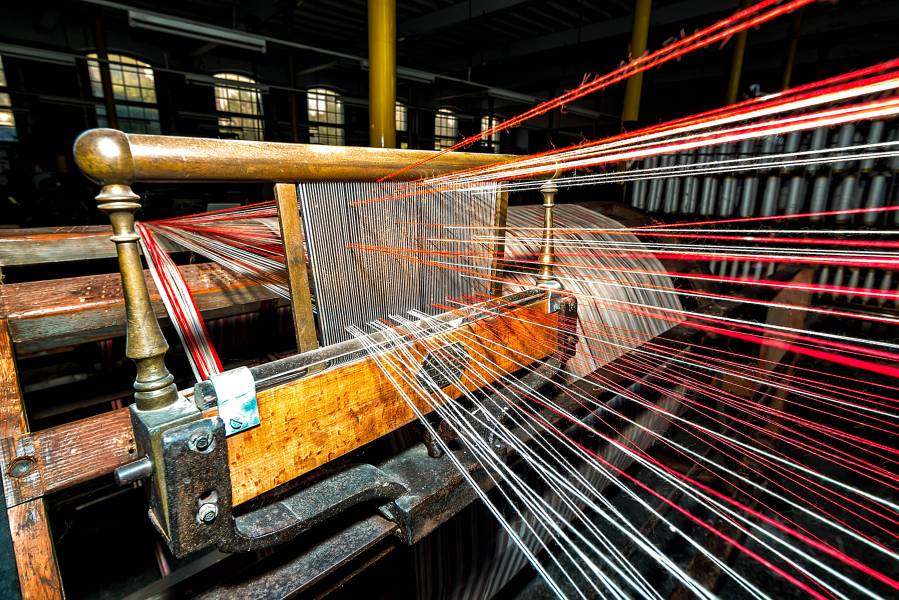
Located along the Llobregat river, these company towns were essential in the industrialization of the region and still retain great historical and architectural interest.
Vidal Company town (Puig-reig)

A living museum that allows you to understand the daily life of a textile company town, with guided tours to the old houses, the factory and community services. You can also see exhibitions of objects and documents from the era.
Cal Rosal Company town (Berga)
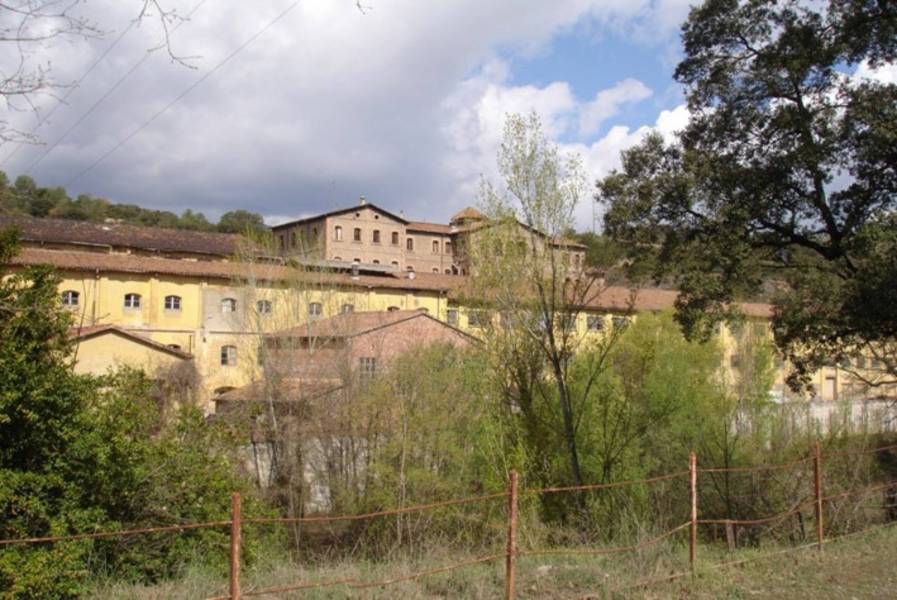
One of the most important in Berguedà, nowadays with guided tours to know its industrial past. Moreover, it still preserves some of its emblematic buildings, such as the master's tower and the hydroelectric power station.
Viladomiu Nou and Vell Company towns (Gironella)
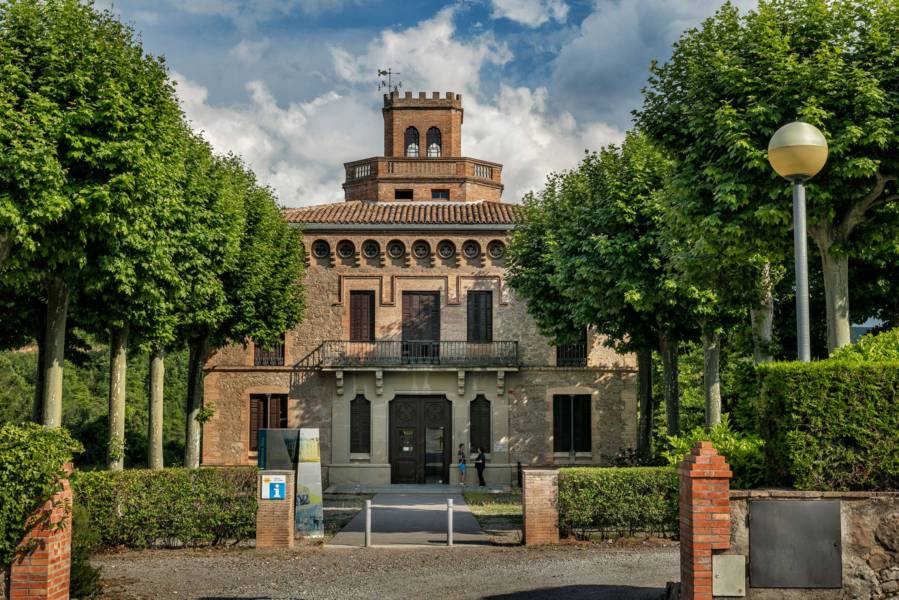
They stand out for their impressive Master's Tower, a symbol of the social difference between workers and bosses. Viladomiu Nou remains as one of the best-preserved company towns, while Viladomiu Vell shows remains of its past splendour.
Cal Pons Company town (Puig-reig)
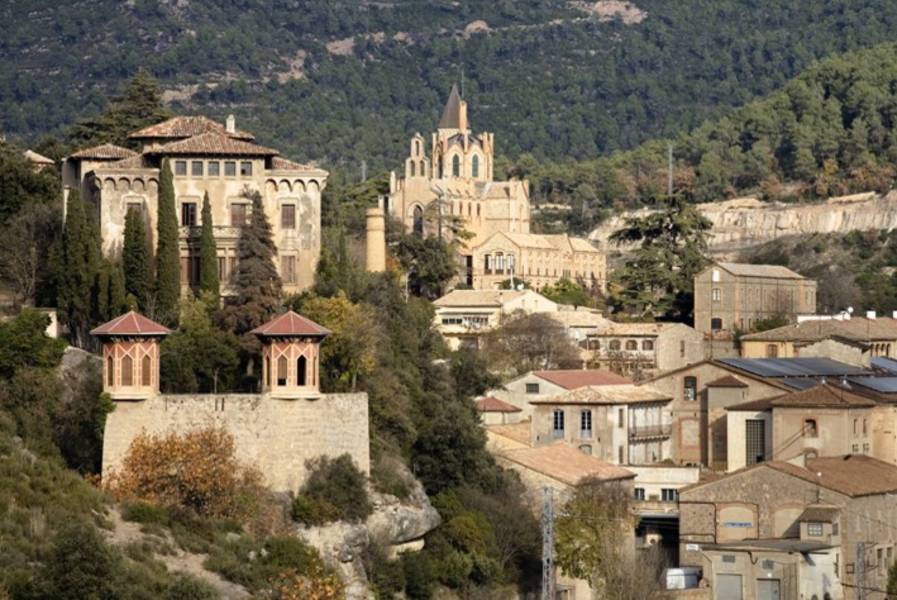
It stands out for its large church and the architecture of its buildings, reflecting the industrial power of the time. In addition, it preserves an interesting structure of streets and squares that explain its urban development.
Ametlla de Merola Company town (Puig-reig)
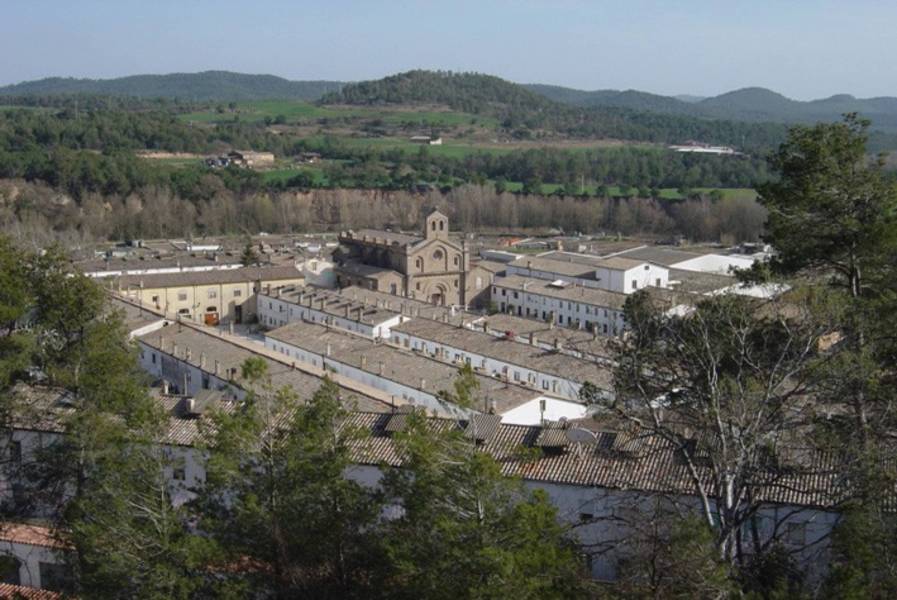
One of the best preserved complexes, with an intense cultural activity that keeps its history alive. Its theatre still hosts performances, maintaining the artistic tradition of this company town.
2. Cercs Mining Museum
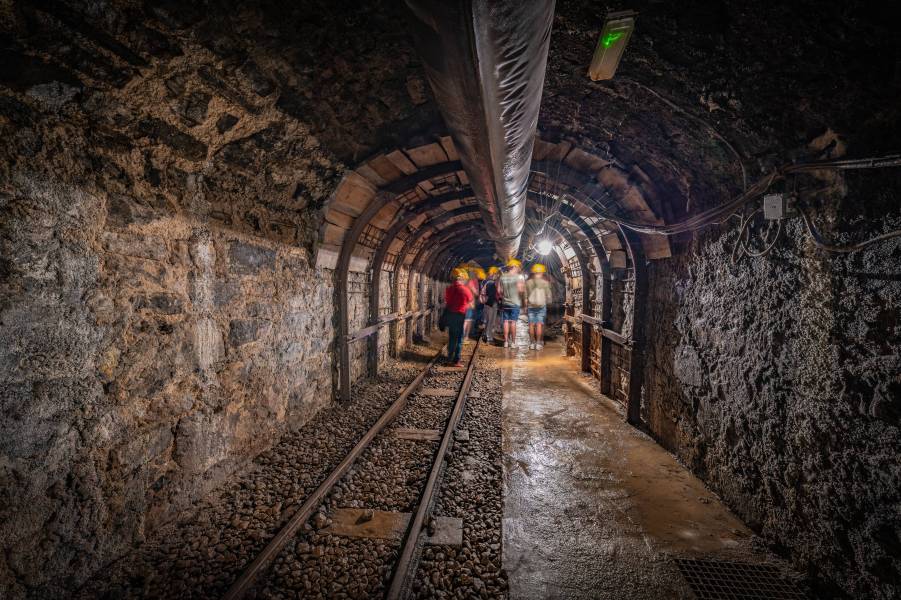
This museum offers a comprehensive view of the coal exploitation in Berguedà. It includes an interactive exhibition and an exciting ride on a trolley inside the Sant Romà mine. You can also visit the old houses of the miners and learn about the living conditions of the time.
3. The Asland of Castellar de n'Hug
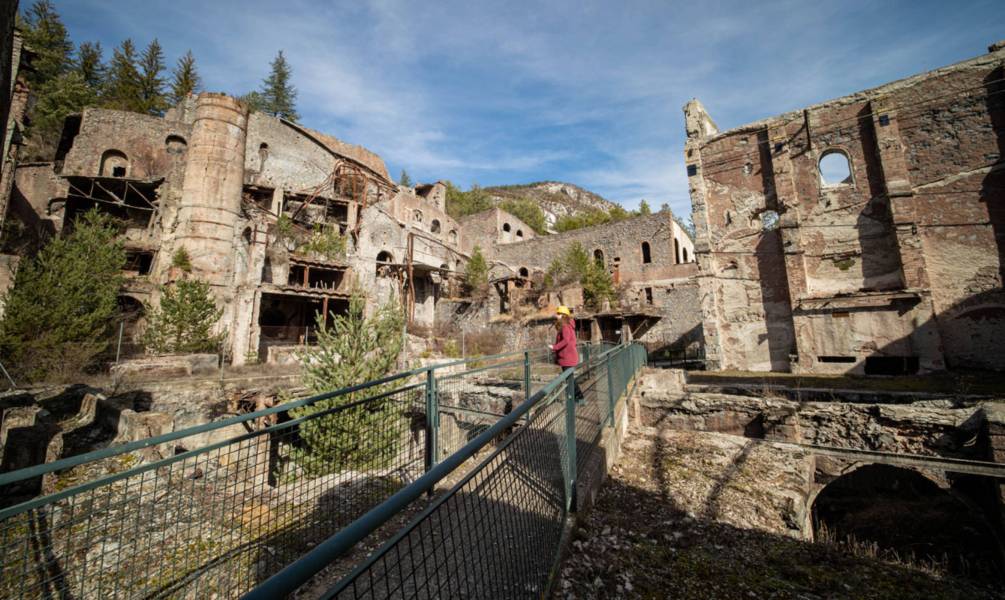
Located in a spectacular natural setting, this old Portland cement factory was one of the most innovative of its time. The visit allows understanding how cement was produced and its transport to Barcelona, in addition to observing the remains of an industry that marked the local economy for decades.
4. The Cement Train

This small historic railway, which connected the Asland factory with Guardiola de Berguedà, now offers a tourist route that allows you to enjoy the landscape and better understand the industrial history of the area. The train is part of a project for the recovery of Catalan railway and industrial heritage.
5. Route throughout the Llobregat company towns
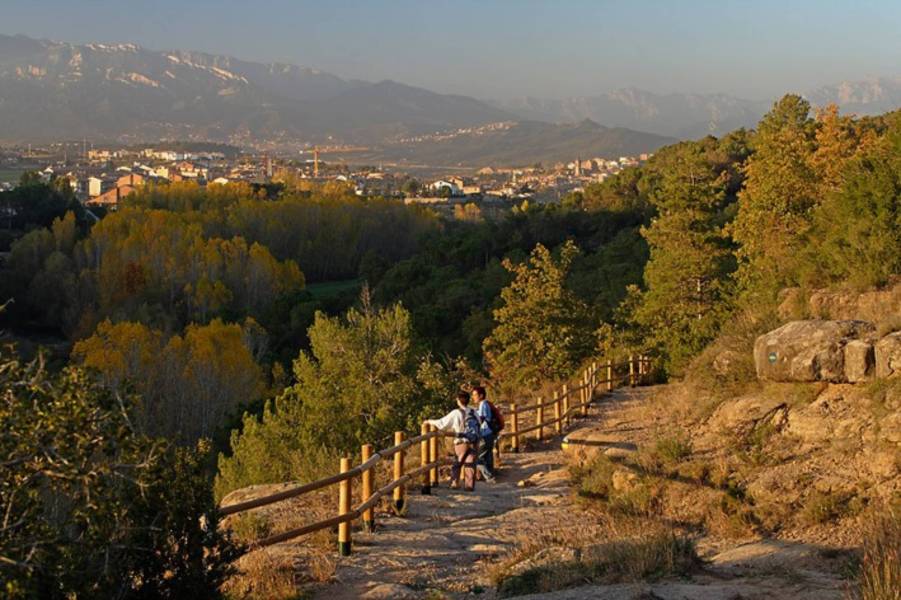
This route follows the course of the Llobregat River through several textile company towns and industrial areas. Ideal to do by car, bicycle or on foot, it allows you to discover how the river was the backbone of this economic and social transformation. The route also includes natural and architectural points of interest that complement the experience.
 Log in to your account
Log in to your account